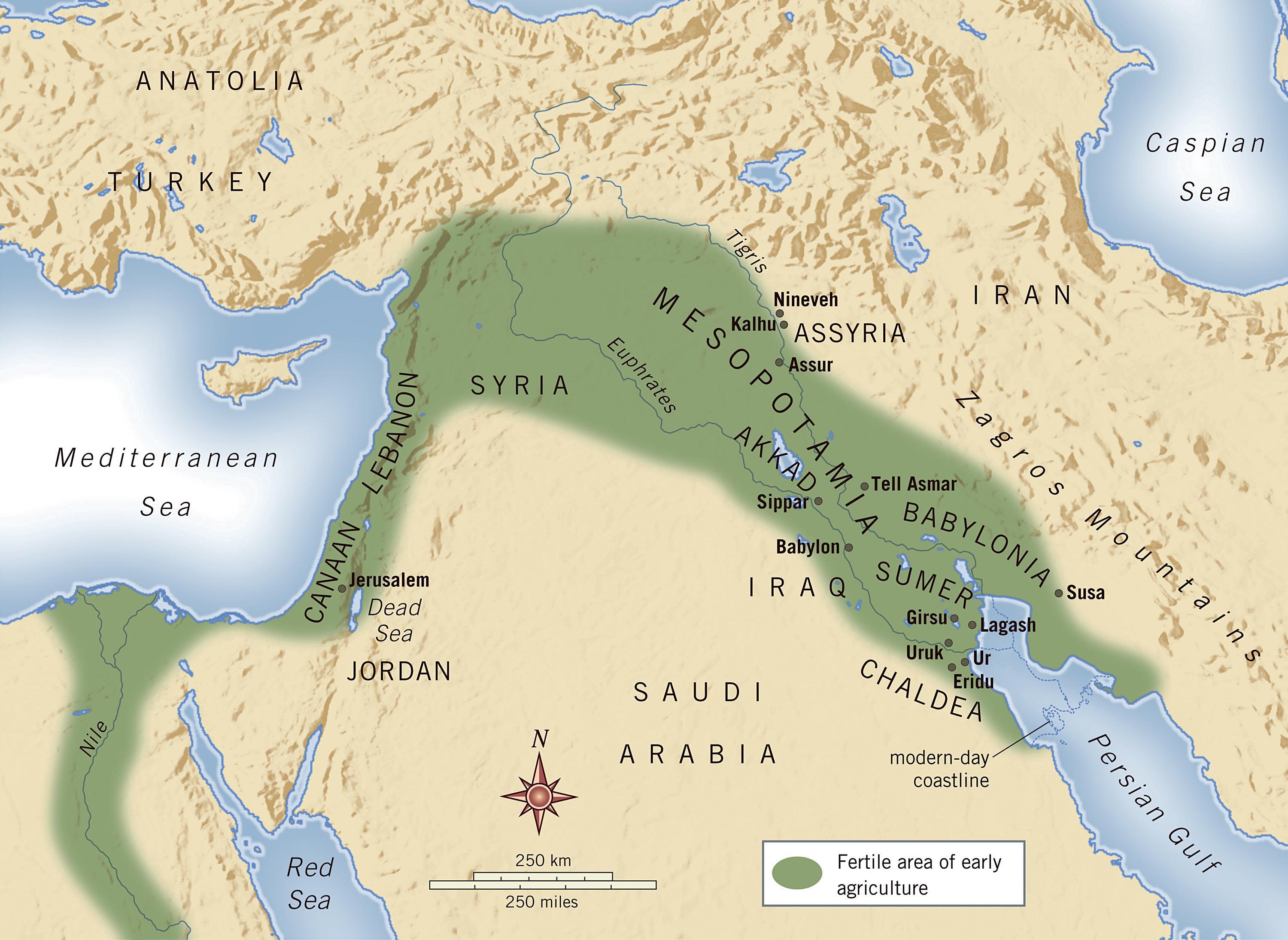Greying Wanderer
Elite member
- Messages
- 533
- Reaction score
- 86
- Points
- 0
I think the ease or difficulty of traveling through mountain passes also depends on whether there are lots of dudes throwing spears at you from the cliffs.
A mountain pass might be easy for small groups of traders to pass if they give the local chief some shiny metal to be allowed to pass and easy for a large strong army to force their way through but maybe not so easy for a smaller, weaker army.
So for example it might have been difficult for an early neolithic tribe to force the passes but easy for an organised army once they had bronze weapons and armor.
#
Interesting on Garrick's map that the silk road route avoided crossing Anatolia by land but headed for the closest bit of sea instead.
#
Also on Angela's map of farming spread it seems to spread directly west (i.e. along the same line of latitude as where it developed) faster than it spread north and south of the source - which is what you'd expect as the farming package would initially only be ideal for that climate. I think this speaks to the age of the Atlantic Megalith culture centered in Portugal. They were around early and for a long time.
A mountain pass might be easy for small groups of traders to pass if they give the local chief some shiny metal to be allowed to pass and easy for a large strong army to force their way through but maybe not so easy for a smaller, weaker army.
So for example it might have been difficult for an early neolithic tribe to force the passes but easy for an organised army once they had bronze weapons and armor.
#
Interesting on Garrick's map that the silk road route avoided crossing Anatolia by land but headed for the closest bit of sea instead.
#
Also on Angela's map of farming spread it seems to spread directly west (i.e. along the same line of latitude as where it developed) faster than it spread north and south of the source - which is what you'd expect as the farming package would initially only be ideal for that climate. I think this speaks to the age of the Atlantic Megalith culture centered in Portugal. They were around early and for a long time.



